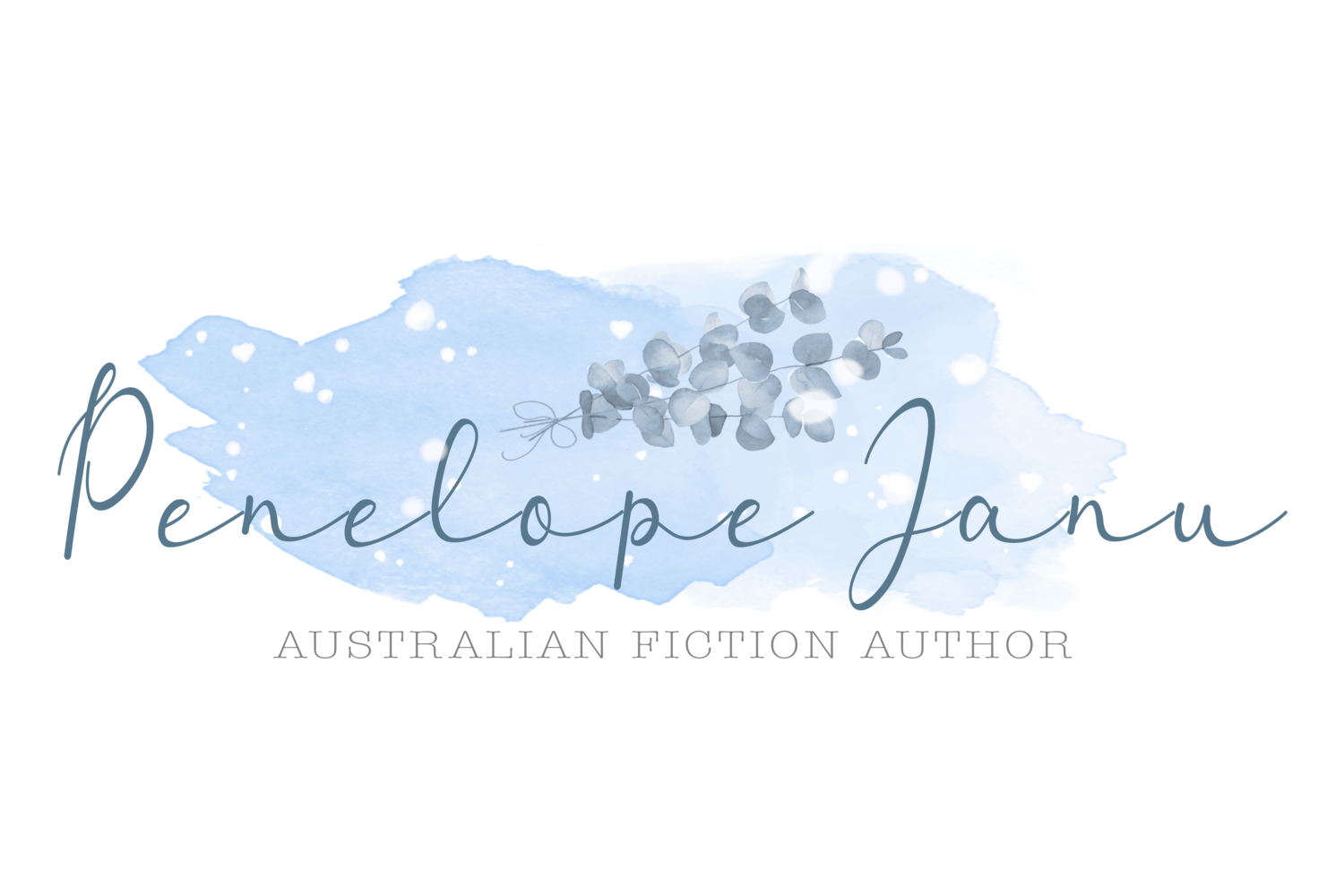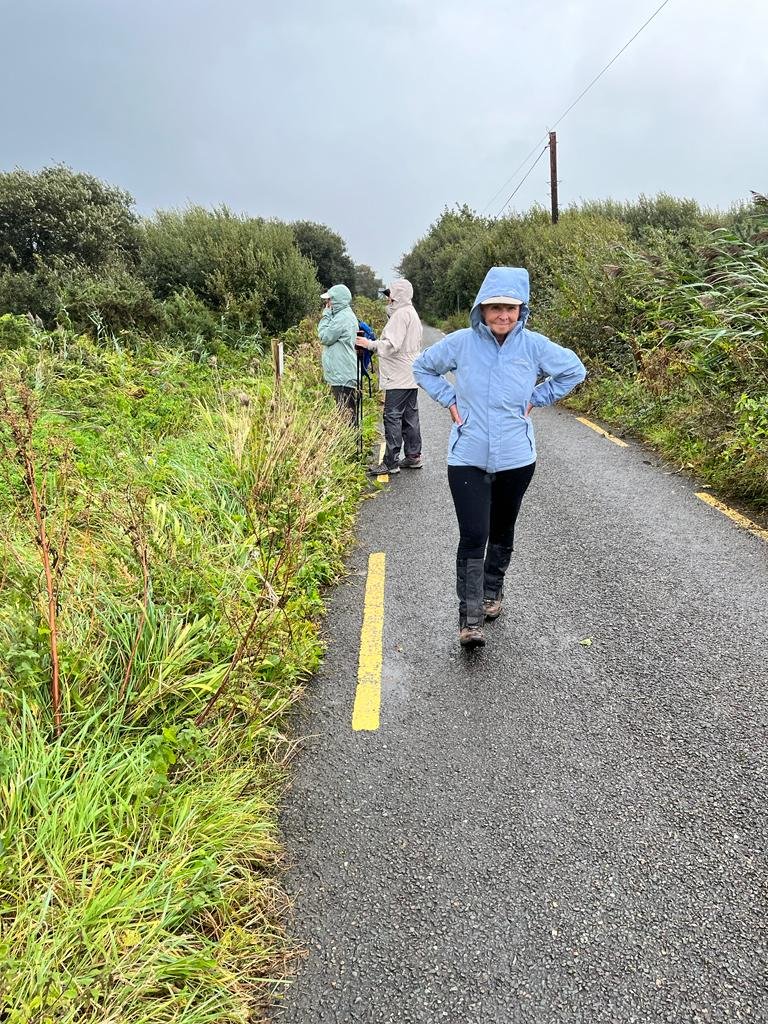Our Inspirational Environment
/Many thanks to novelist Jennifer Schoullar for having me on her blog recently. The environment plays an important role in all of Jennifer’s books, and she invited me to write something about that too. Wild animal conservation, wattle, Antarctica and a ghost gum dilemma gave me plenty to write about!
I grew up in the northern beaches peninsular district of Sydney. It was well after horse and cart days—but was a time when, if there was a vacant block of land down the road, it was perfectly acceptable to keep your horse there. I sometimes rode my pony to school, tethered him next to the oval and rode him home again. When I was fourteen, my family moved to Victoria and we lived in a semi-rural district with a goat, a cat, two dogs and a number of horses. My teenage friend Rina (and our horses), were inseparable for many years and we showed and competed together. Rina still competes in dressage, and has had a great deal of success with thoroughbred ex-racehorses. I always look forward to visiting her property and spending time in her stables!
The natural environment has played an important part in all of my novels. It was when I was working as a legal academic and teaching in a course, ‘The International Legal Regulation of Climate Change,’ that an idea formed for In at the Deep End. Antarctica had always been of interest, and I wanted to portray how important this unique and pristine environment is, and how rising water temperatures threaten not only Antarctica, but the rest of the world. My challenge as a writer was tackling these concepts in an accessible way. What would happen if a climate scientist and an environmentalist, with a similar agenda but very different ways of seeing things, fell in love? In at the Deep End not only explored climate change and relationships, but also charted the challenges faced by the 1900s explorers Robert Falcon Scott and Roald Amundsen’s ‘race to the South Pole.’ Amundsen was successful, but Scott and his team died in their attempt. Scott’s diaries provide a fascinating account of his journey.
In On the Right Track the lead character is named Golden by her grandfather—an amateur botanist—after acacia pycnantha (golden wattle). I researched and learned a great deal about native flora while writing this novel, and exchanged many emails with a CSIRO scientist who was a specialist in eucalypt propagation. I’d written a ghost gum into my story, set in a rural district in the South West of NSW, and while I knew ghost gums were uncommon in my home state, I didn’t realise exactly how uncommon! The planting of a ghost gum, and its early care, has to be carefully considered for it to have any real chance of survival, but, once my scientist worked out that I had my heart set on this species of gum, he did all that he could to tell me what I had to do to ensure the fictional version survived!
A plant I learnt a lot about while researching my Christmas novella, The Six Rules of Christmas (part of the HarperCollins Our Country Christmas anthology), is mistletoe. Unlike England, which has only one variety of this mistletoe, Australia has many varieties, many of which mimic the look of the host tree through leaf size and shape. As a parasitic plant, mistletoe is often thought to be harmful to the host plant, but it rarely harms a healthy tree, attracts bird life and can be an important source of nutrients.
My November release, Up on Horseshoe Hill is set in the Central West of NSW, and tells the story of a farrier, and a geneticist vet who specialises in wild animal conservation. I learnt a great deal about the hoof treatment of wild animals while researching this novel. Many animals kept in zoos as part of conservation programs have to be anaesthetised when they require treatment, but keepers and handlers increasingly use cooperative reinforcement (not involving force or compulsion, but incentives in the form of reward) in order to avoid anaesthetic. In this way, for example, a giraffe or elephant will place their feet into positions that allow farriers and vets to work on them safely.
My next title will focus on the Macquarie Marshes, a wetlands region in the north of NSW. I’m doing a lot of reading on the environmental importance of wetlands, and planning a road trip (my favourite part of research), in the next couple of months!















